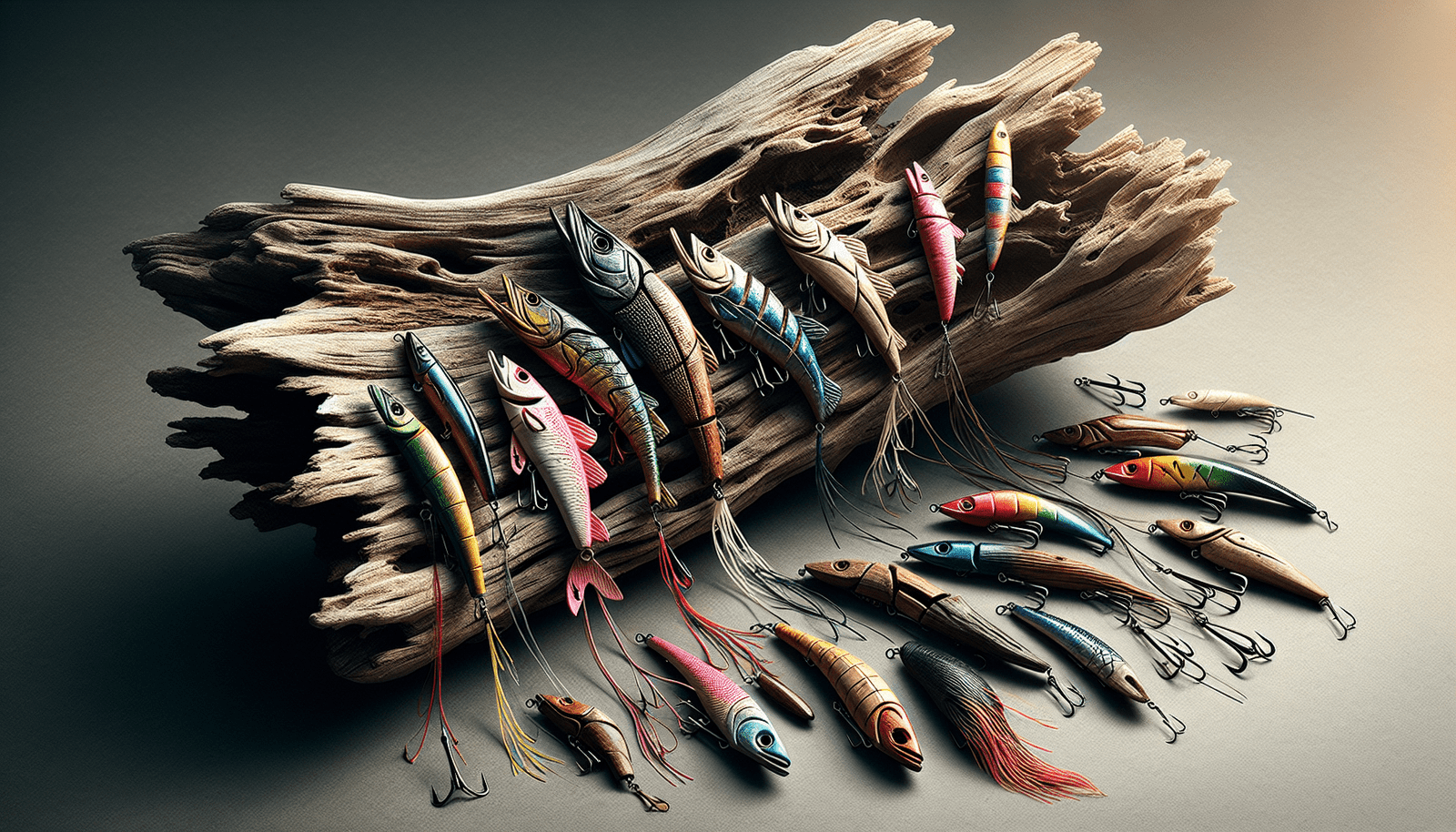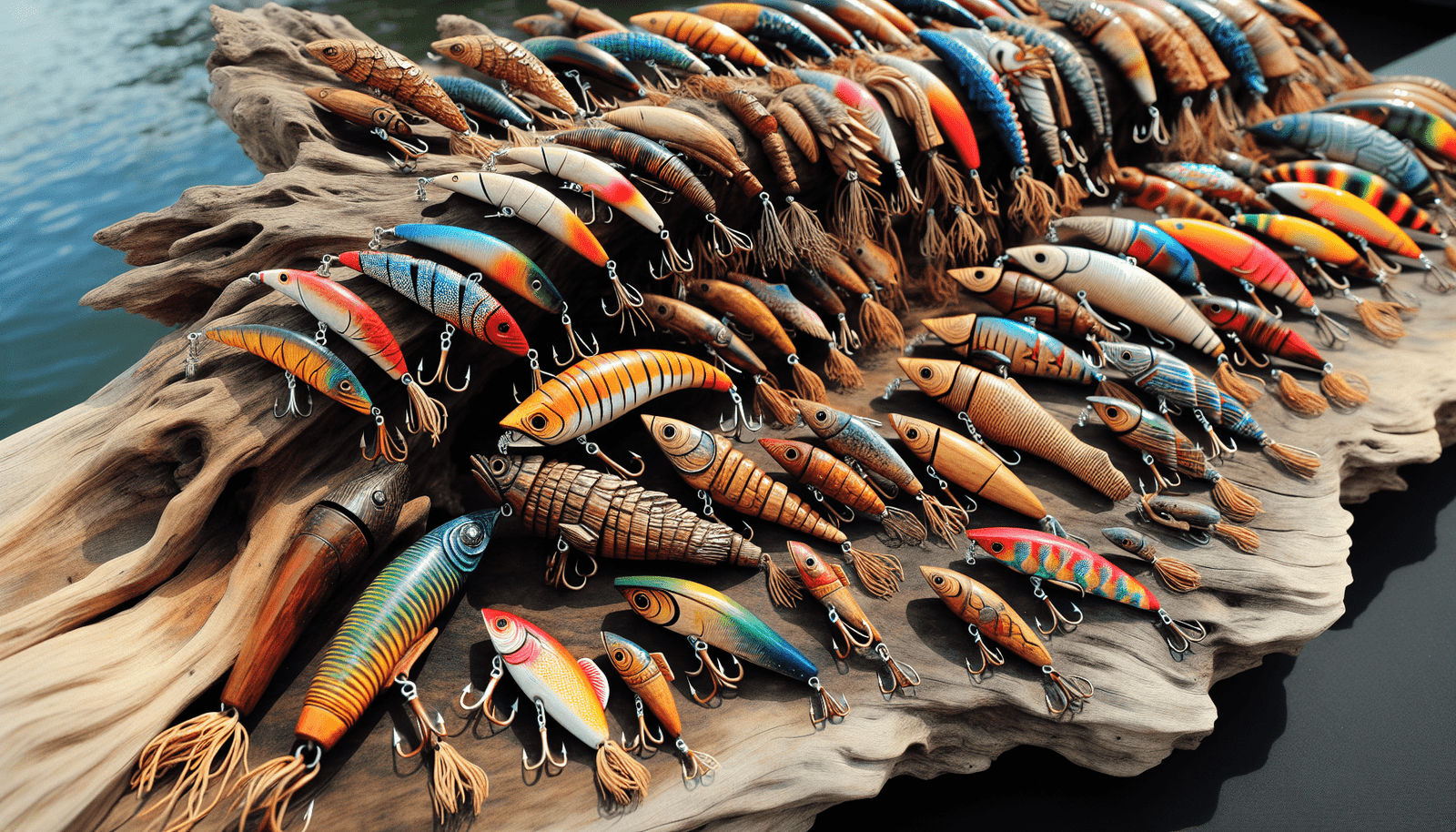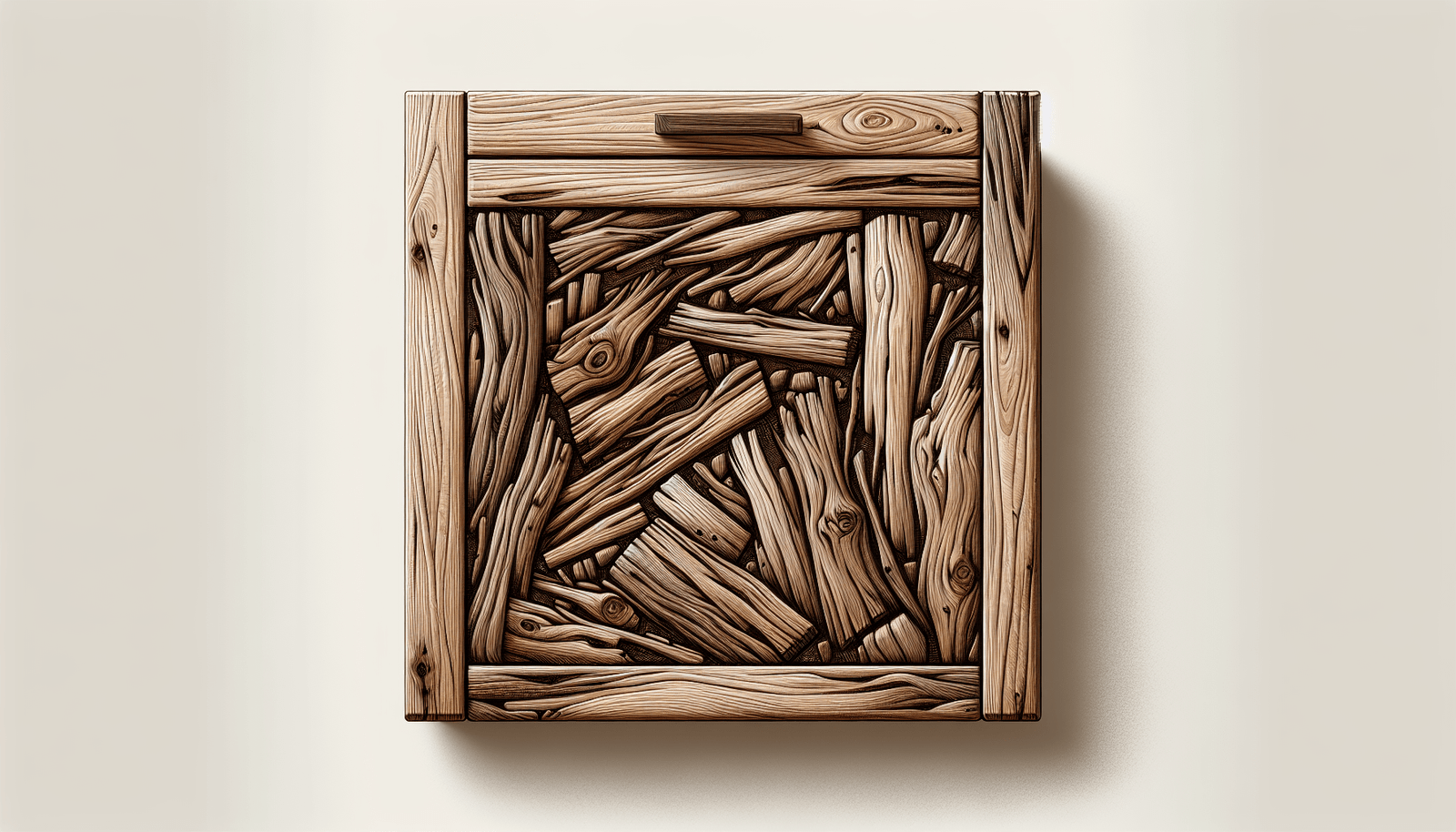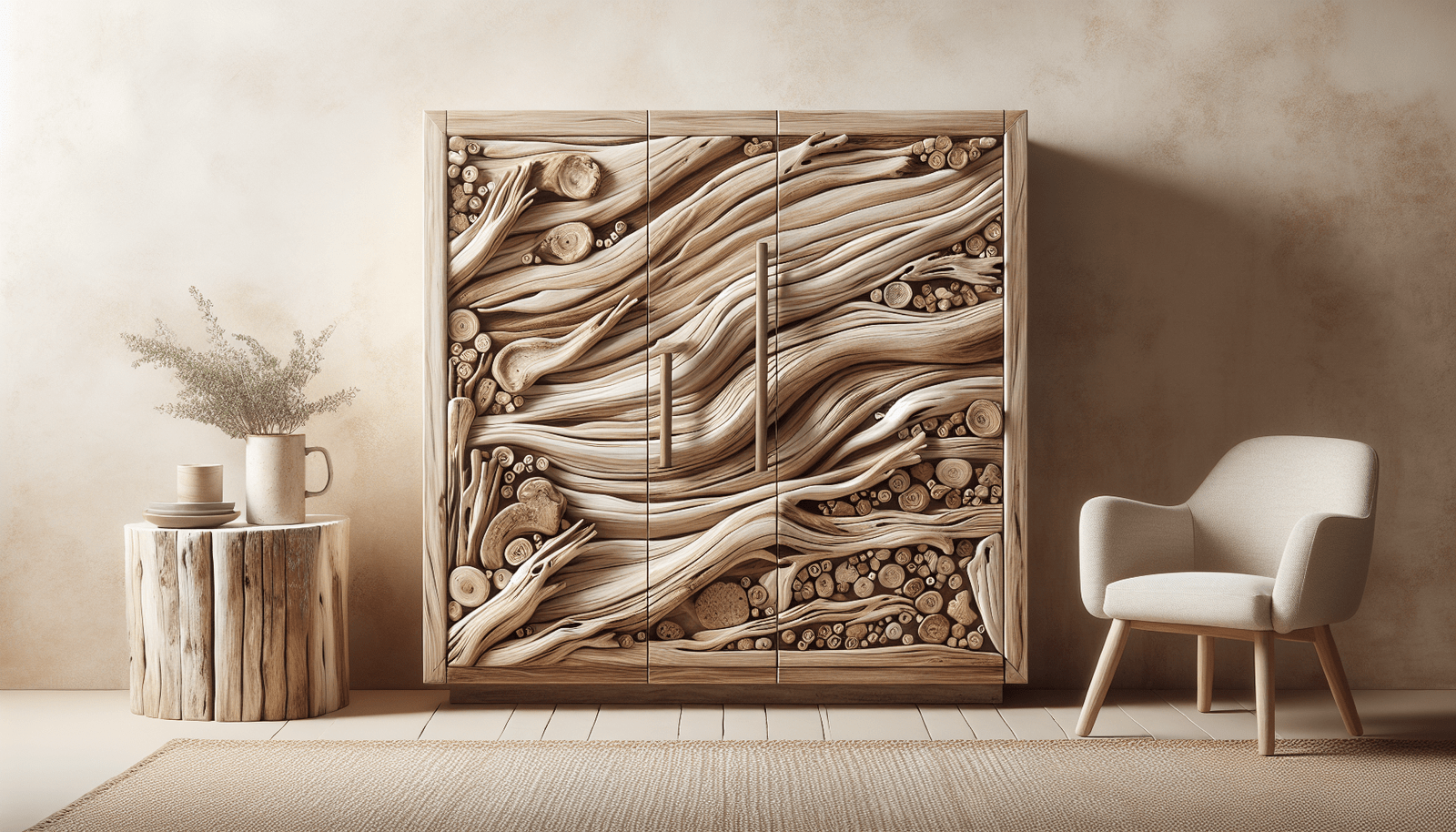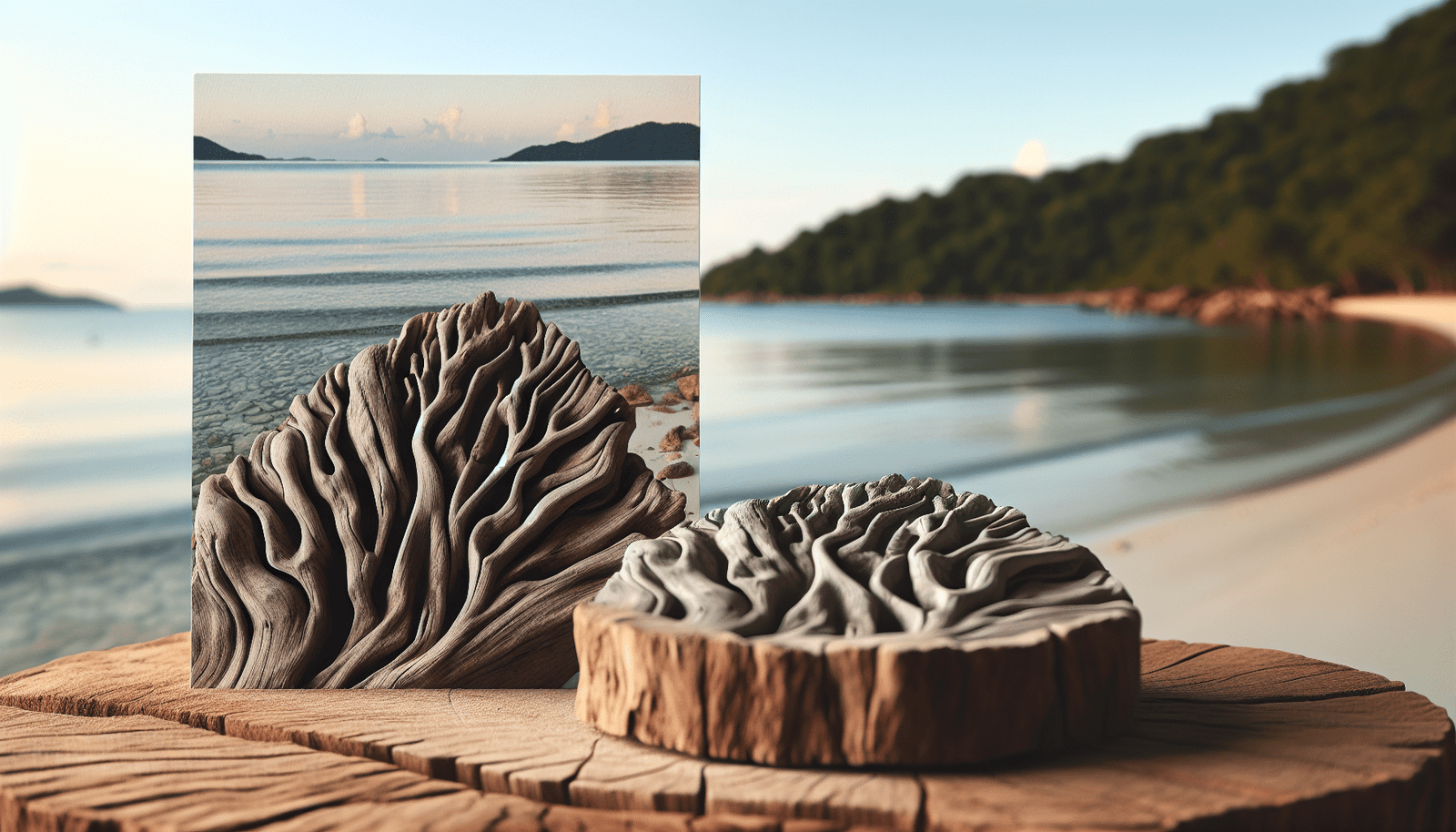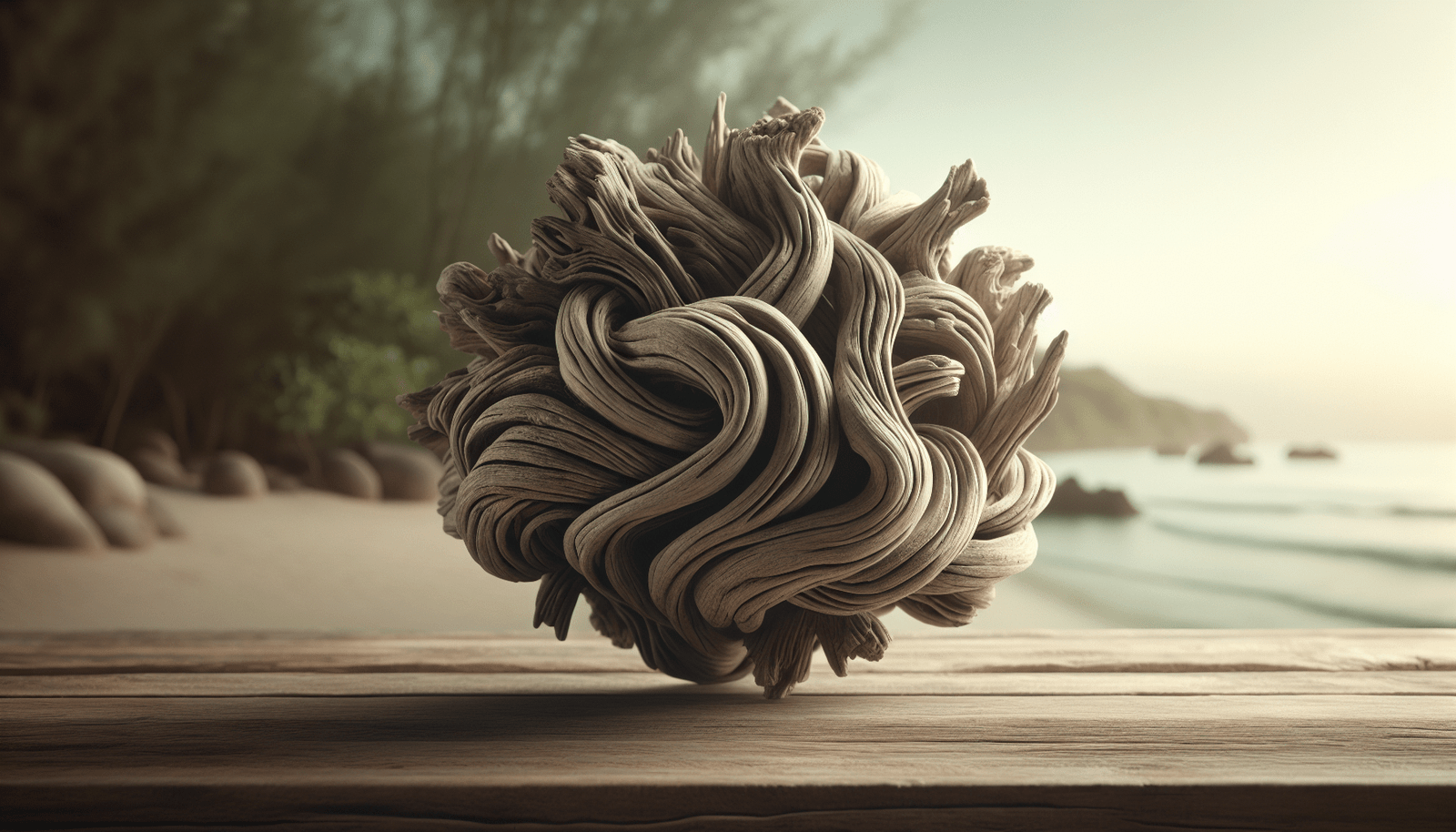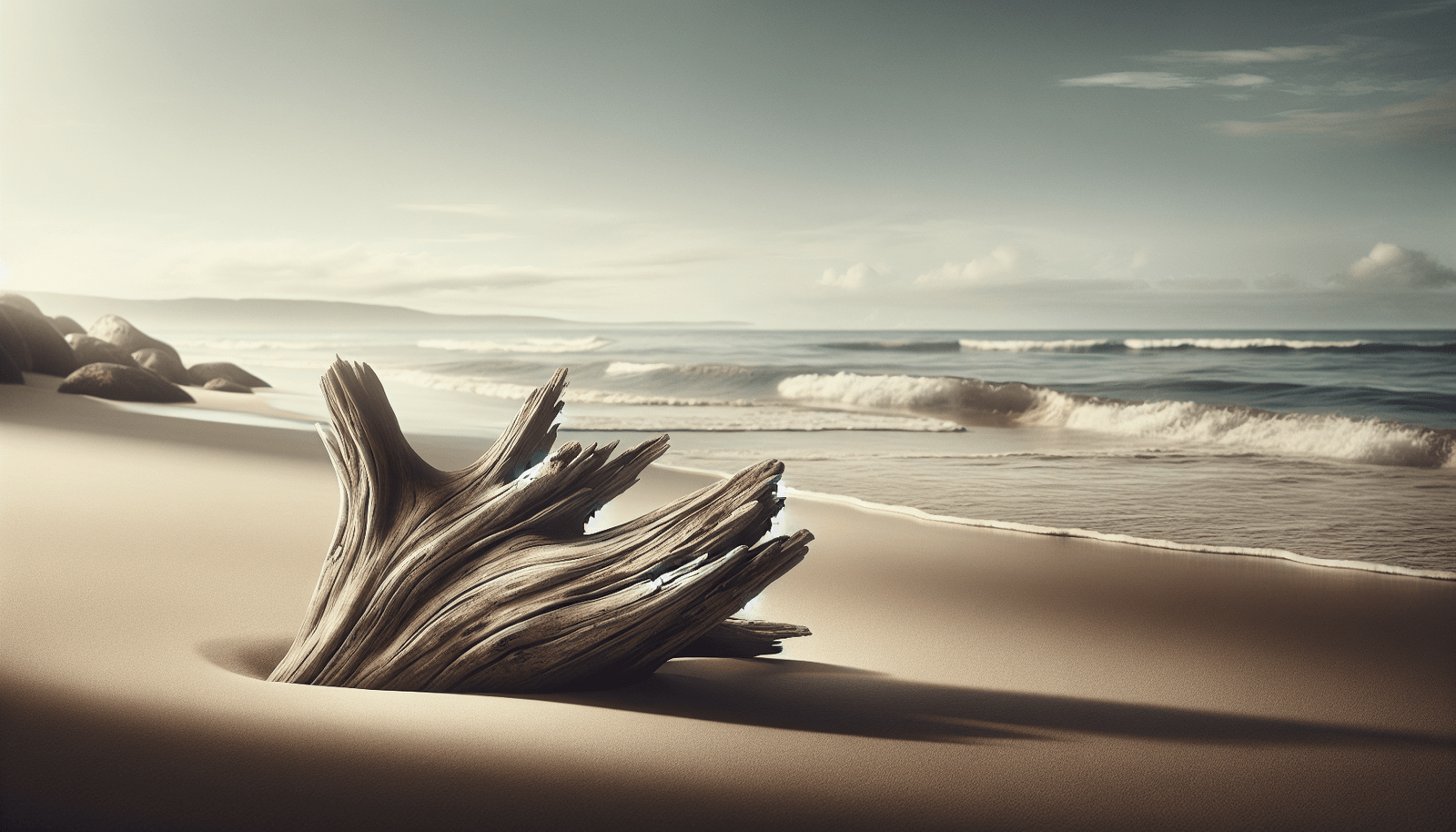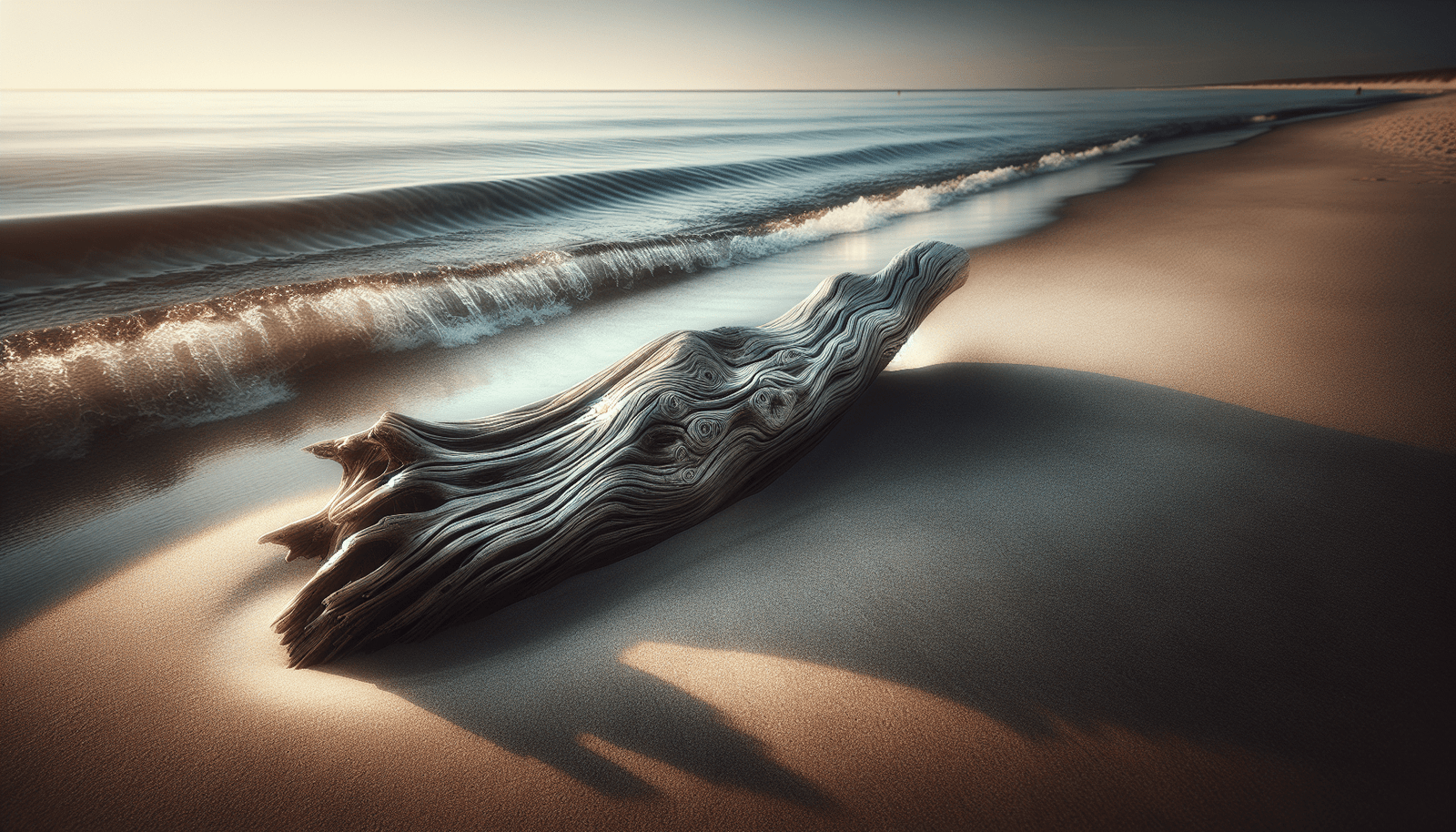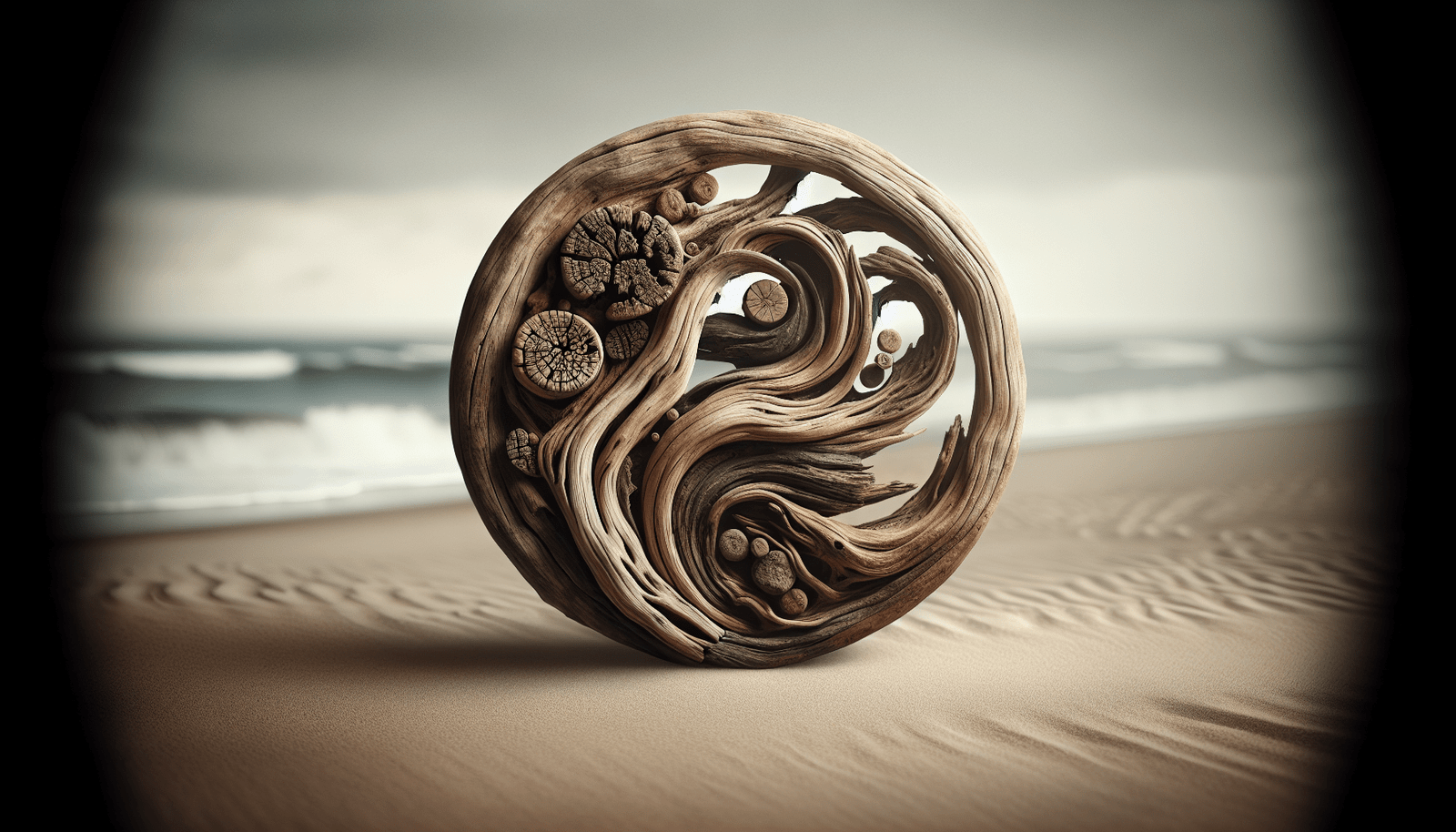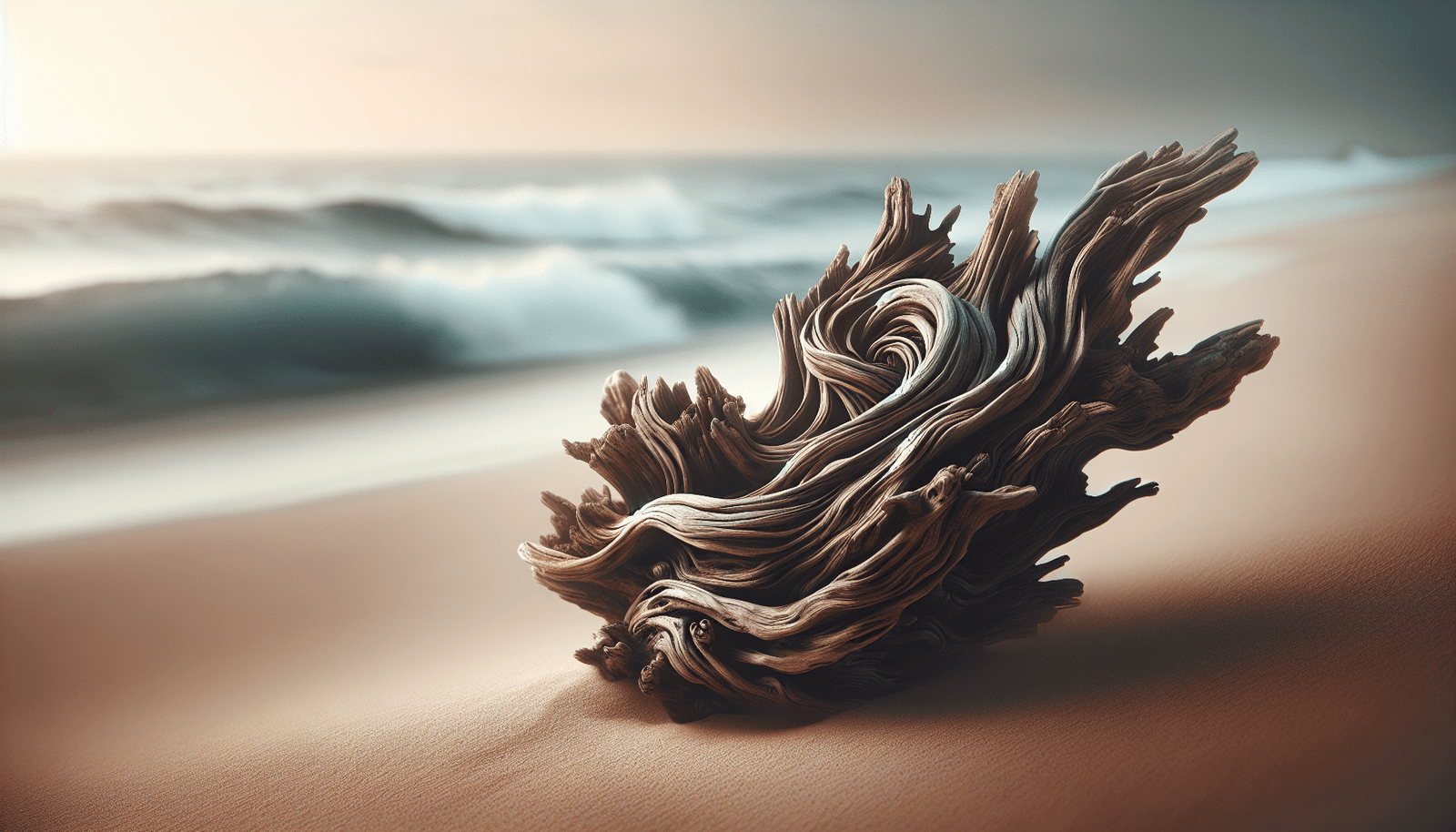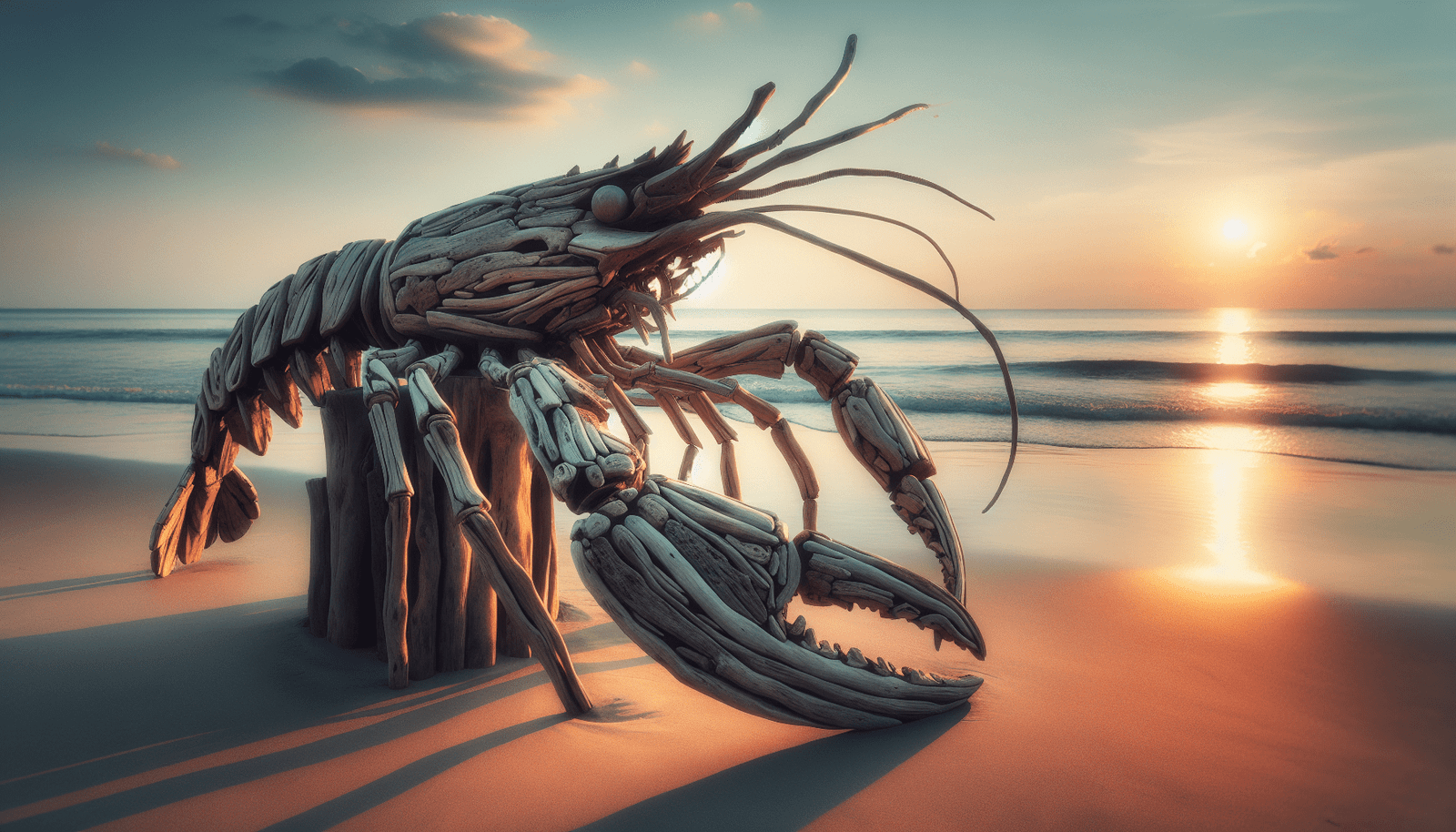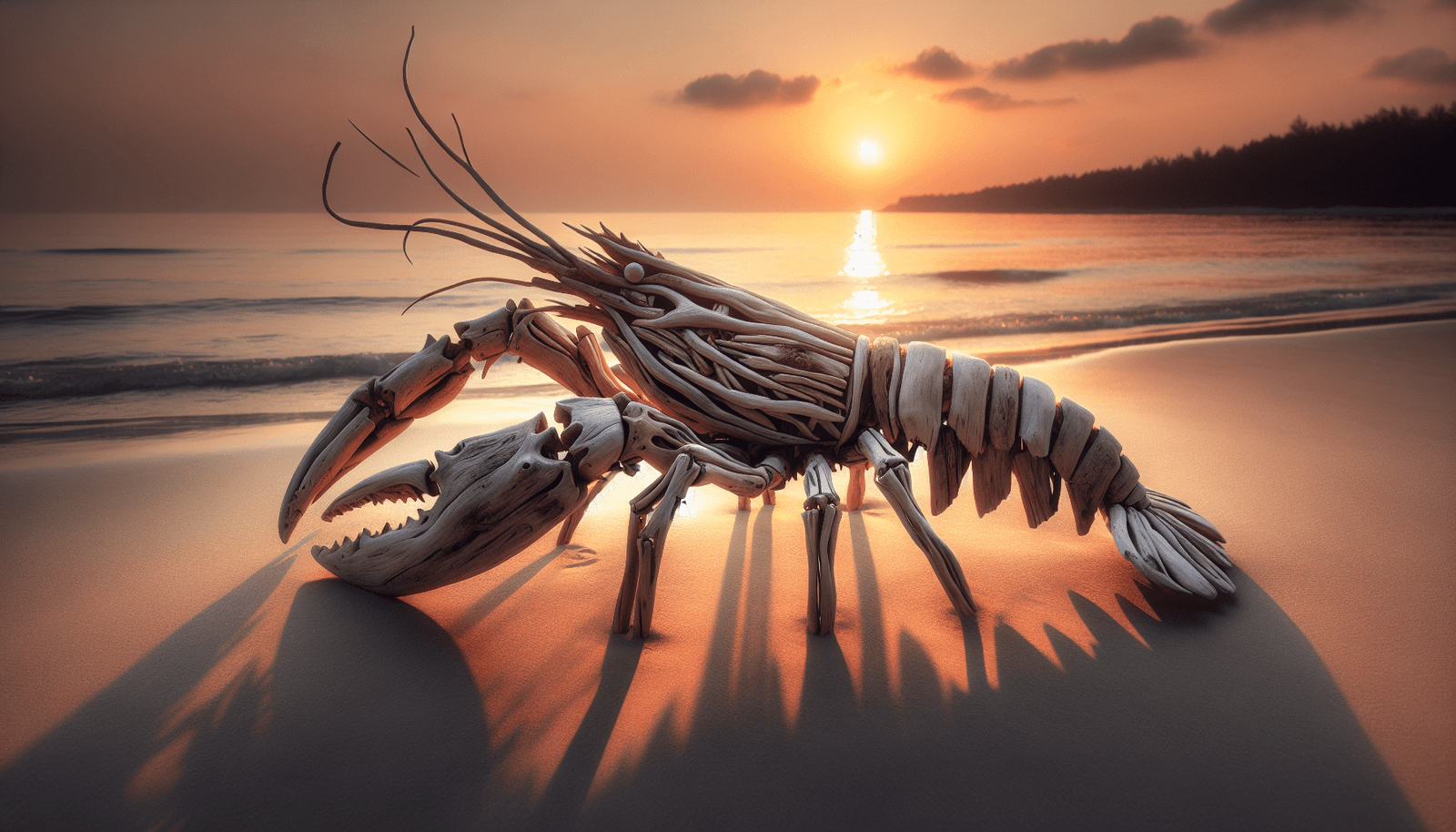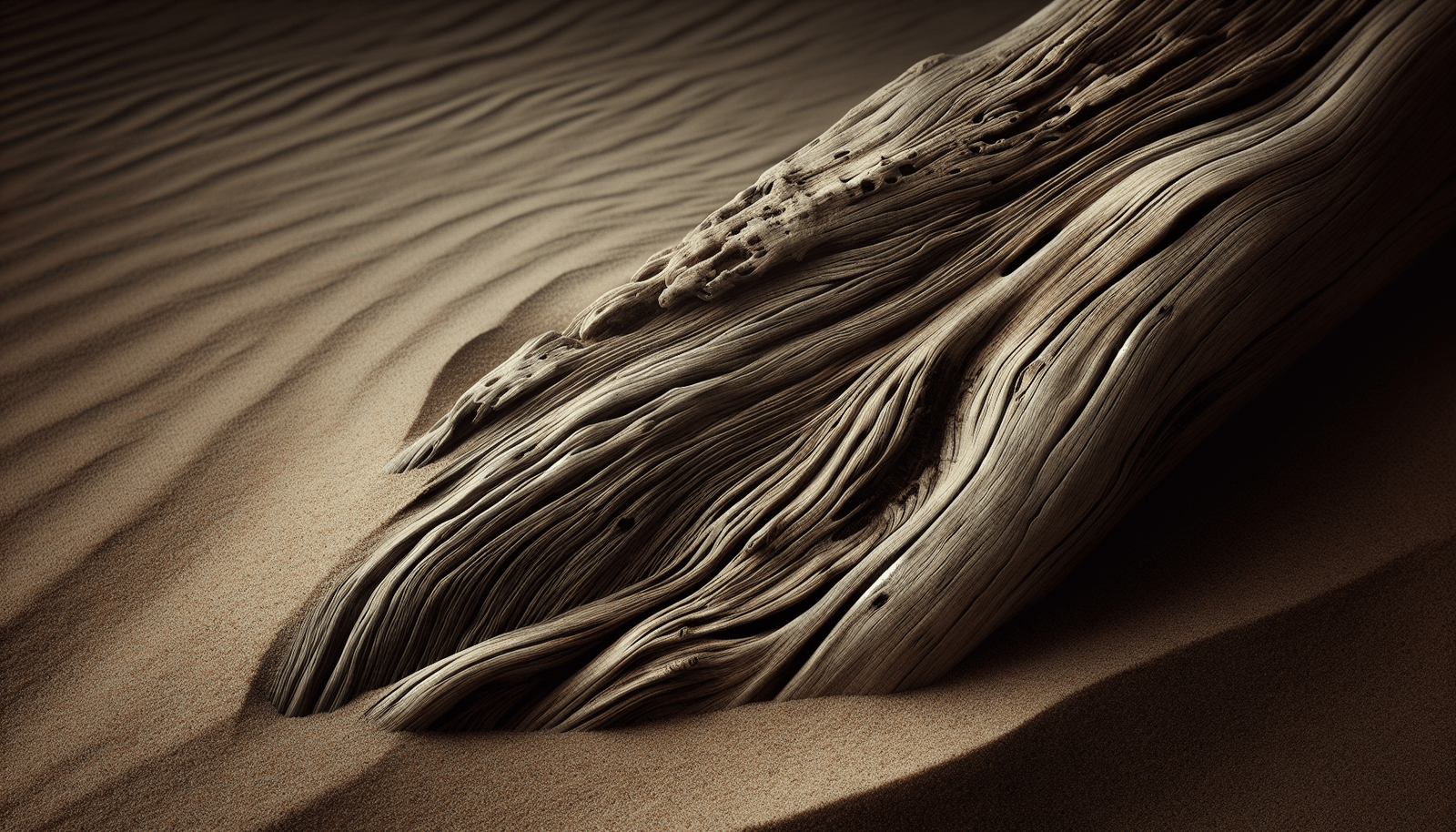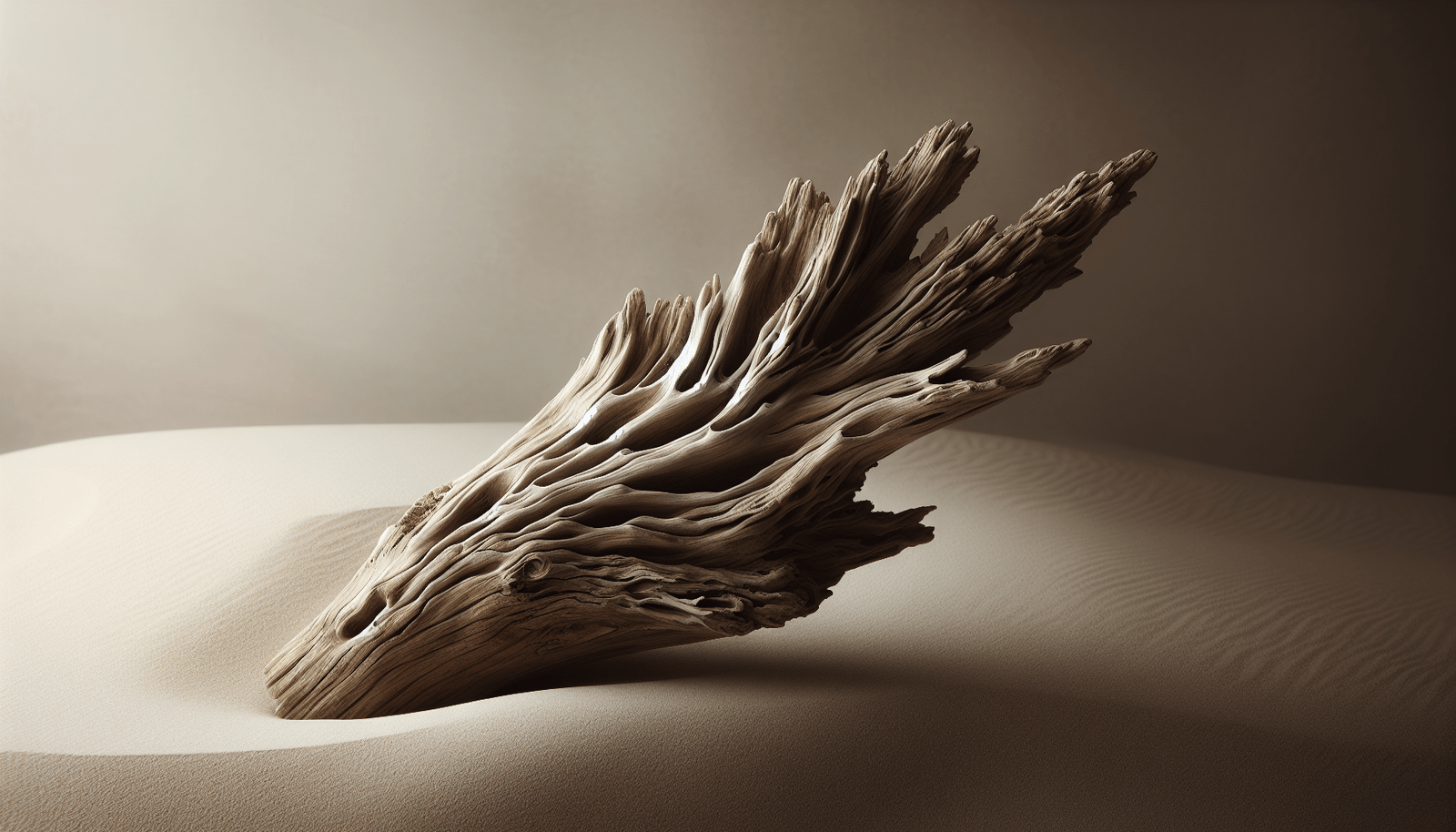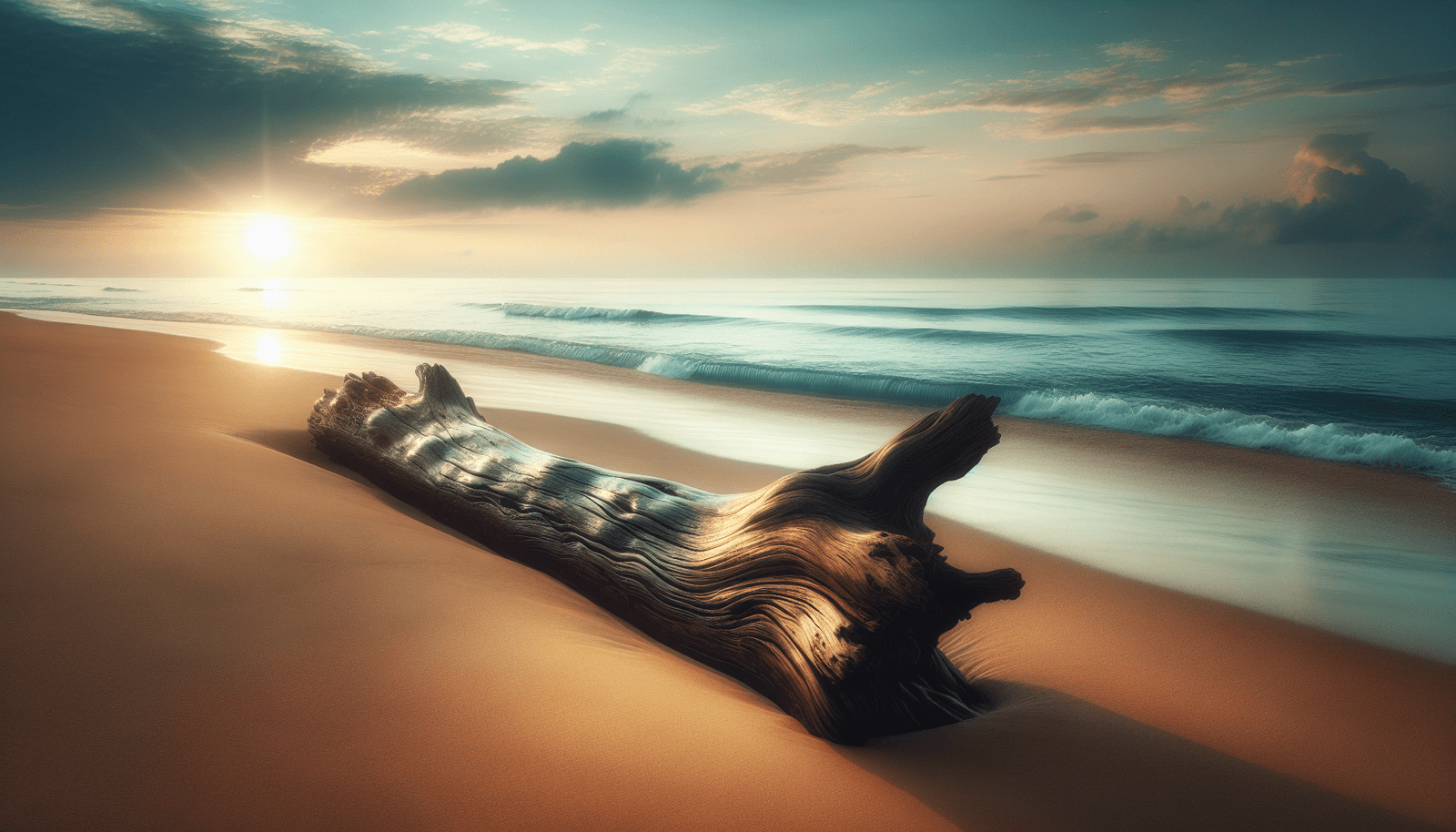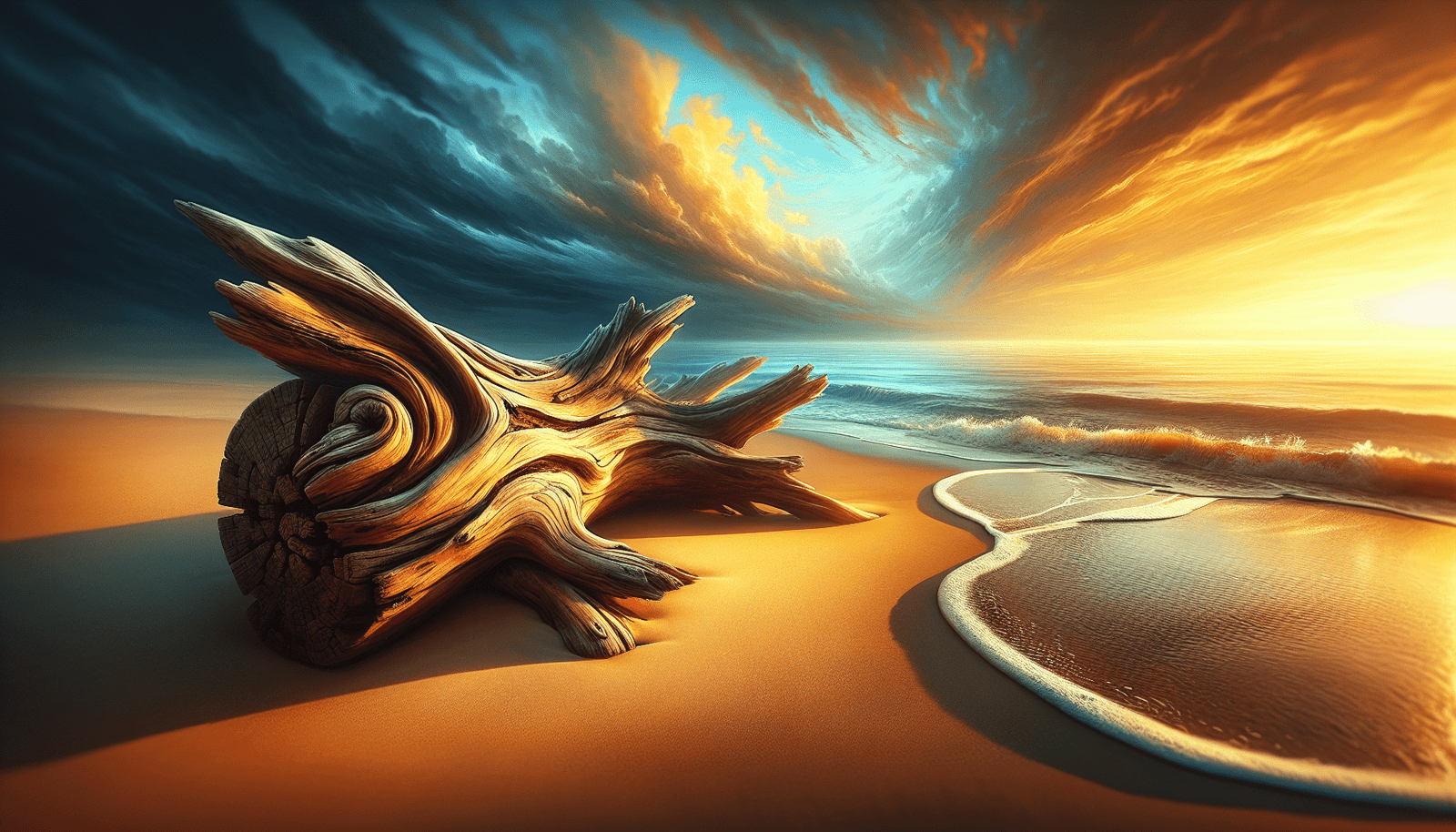Have you ever considered how the flooring in your house creates an ambiance, influencing not only the physical space but also the emotional atmosphere? Like the steady foundation of any home, your choice in flooring can transform an entire room. Among the many options available, Driftwood Luxury Vinyl Plank stands out. Let’s embark on a journey to uncover the benefits and beauty of this flooring choice that combines practicality with elegance.
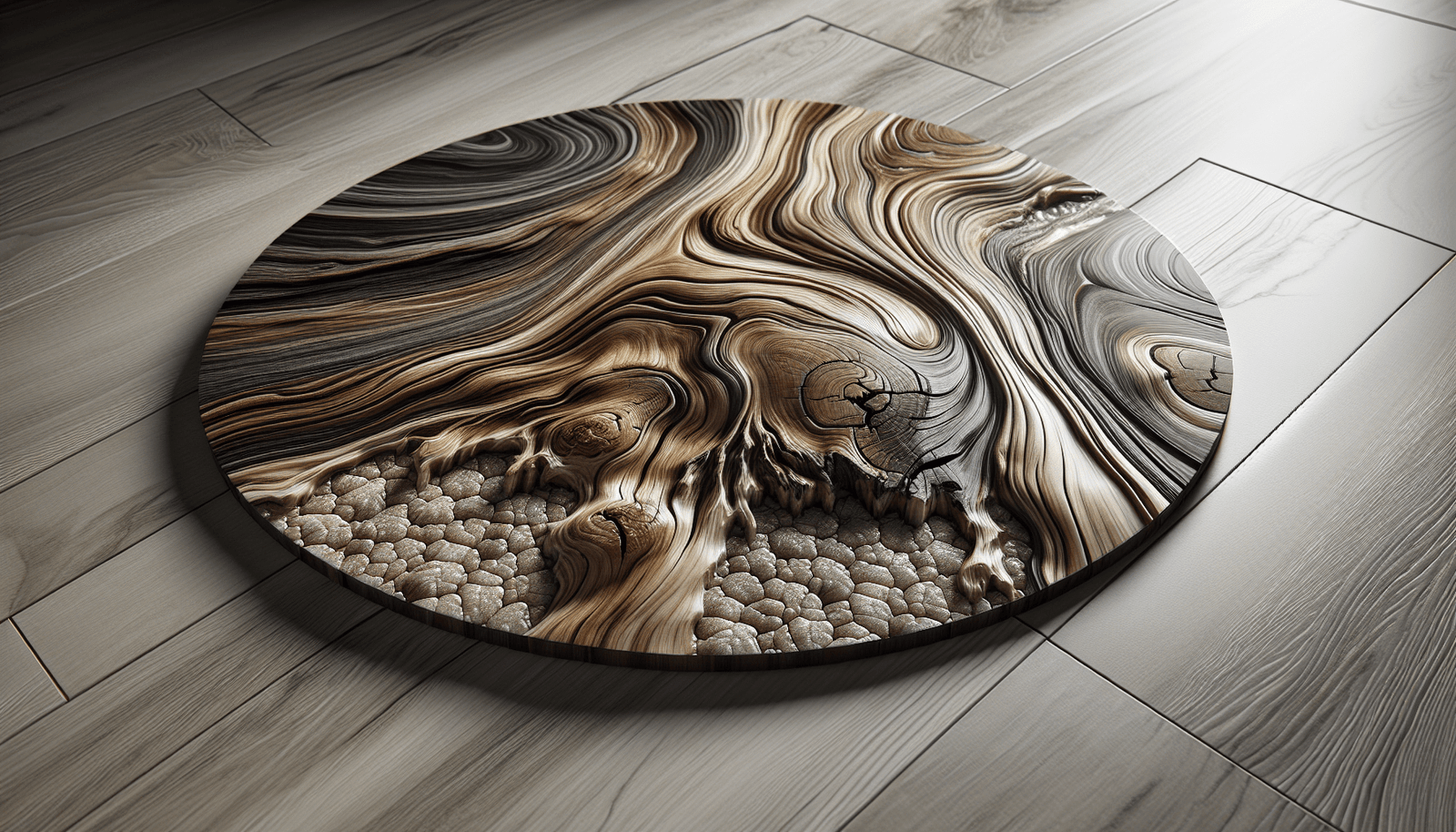
What is Driftwood Luxury Vinyl Plank?
Driftwood Luxury Vinyl Plank (LVP) is a type of flooring that beautifully mimics the look of authentic driftwood, offering the rustic charm of natural wood with the advanced benefits of modern vinyl technology. Its design captures the essence of weathered wood planks washed ashore by time and tide, giving your space a touch of organic elegance. But what exactly makes it stand out?
Construction and Design
Driftwood LVP is crafted using a complex manufacturing process that layers vinyl in a way that replicates authentic wood grains and textures. Typically, it consists of several layers: a backing layer for stability, a core layer for support, a high-definition photographic layer that mimics the look of timber, and a wear layer that protects against scratches and stains. This structured composition not only enhances its durability but also contributes to its realistic wood appearance.
Aesthetic Appeal
The beauty of Driftwood LVP is twofold. Firstly, it has a stunning visual appeal. The intricate details of driftwood, with its weathered tones and unique patterns, bring a sense of nature indoors, which can suit various interior styles from coastal chic to modern minimalism. Secondly, its tactile sensation complements its visual impact, as the embossed textures add a dimension of reality, ensuring it feels as good as it looks.
Benefits of Driftwood Luxury Vinyl Plank
Why should you consider Driftwood LVP for your home? The reasons are abundant, including its aesthetic appeal, durability, and environmentally friendly options. Let’s examine these advantages more closely.
Durability and Resilience
One of the primary benefits of Driftwood LVP is its durability. Thanks to its multi-layer construction, it can withstand heavy foot traffic, making it ideal for busy households or commercial spaces. Its wear layer is particularly resistant to scratches, dents, and stains, which means you won’t have to worry about high heels, pet claws, or accidental spills damaging your lovely floors.
Water Resistance
Another compelling advantage is its water-resistant nature. Unlike traditional hardwood flooring, Driftwood LVP can handle moisture from kitchens, bathrooms, and basements without warping or damage. This feature allows you to achieve a cohesive flooring look throughout your home, even in areas typically off-limits to wood.
Easy Maintenance
Keeping Driftwood LVP clean is as simple as can be. Regular sweeping or vacuuming combined with occasional damp mopping will keep the floors looking pristine. The protective wear layer also means fewer chances of stains setting in, making your cleaning routine stress-free and efficient.
Eco-Friendly Options
Many manufacturers are now offering eco-friendly Driftwood LVP options, which are free from harmful chemicals and produced using sustainable practices. These options not only support the environment but also contribute to healthier indoor air quality, which is beneficial for you and your family.
Versatile and Easy Installation
Installing Driftwood LVP is often a straightforward process, often designed with a click-lock mechanism, which means it can be installed directly over most existing floors without the need for nails or glue. This versatility saves time and money during installation.
Comparing Driftwood LVP with Other Flooring Options
Choosing the right flooring entails comparing the pros and cons of various materials. Here’s how Driftwood LVP stacks up against other popular flooring options.
| Feature | Driftwood LVP | Hardwood | Laminate | Tile |
|---|---|---|---|---|
| Aesthetic Appeal | Realistic wood appearance | Natural beauty | Decent wood look | Wide range of designs |
| Durability | Highly durable | Can scratch/dent easily | Prone to water damage | Highly durable |
| Water Resistance | High | Low | Low | High |
| Maintenance | Easy | Requires refinishing | Moderate | Moderate to high |
| Installation | Easy | Complex | Moderate | Complex |
| Cost | Moderate | High | Low to moderate | Moderate to high |
This table indicates that while hardwood and tile offer undeniable natural beauty, Driftwood LVP bridges the gap between aesthetics and practicality, making it an attractive option for modern homes.
Choosing the Right Driftwood LVP for Your Space
With a plethora of designs available, selecting the perfect Driftwood LVP for your space can seem daunting. However, by considering factors like room use, color schemes, and personal style, the process becomes more straightforward.
Room Use
Consider how the room will be used. High-traffic areas like living rooms or entryways benefit from a thicker wear layer for added protection. For wet environments such as bathrooms, opt for Driftwood LVP specifically designed for moisture-prone areas.
Color and Style
The color of your flooring can dramatically influence the look and feel of a room. Lighter driftwood tones can make a small space feel more open, while darker shades add warmth and coziness. Additionally, the style of embossing can range from smooth finishes to more pronounced textures, which can complement the architectural style of your home.
Matching with Décor
Ensure the chosen Driftwood LVP complements your existing furniture and wall colors. If you have a lot of rich, dark furniture, a lighter flooring might offer a pleasant contrast, while a mid-tone floor can harmonize with eclectic color palettes, adding cohesion without overpowering the design.
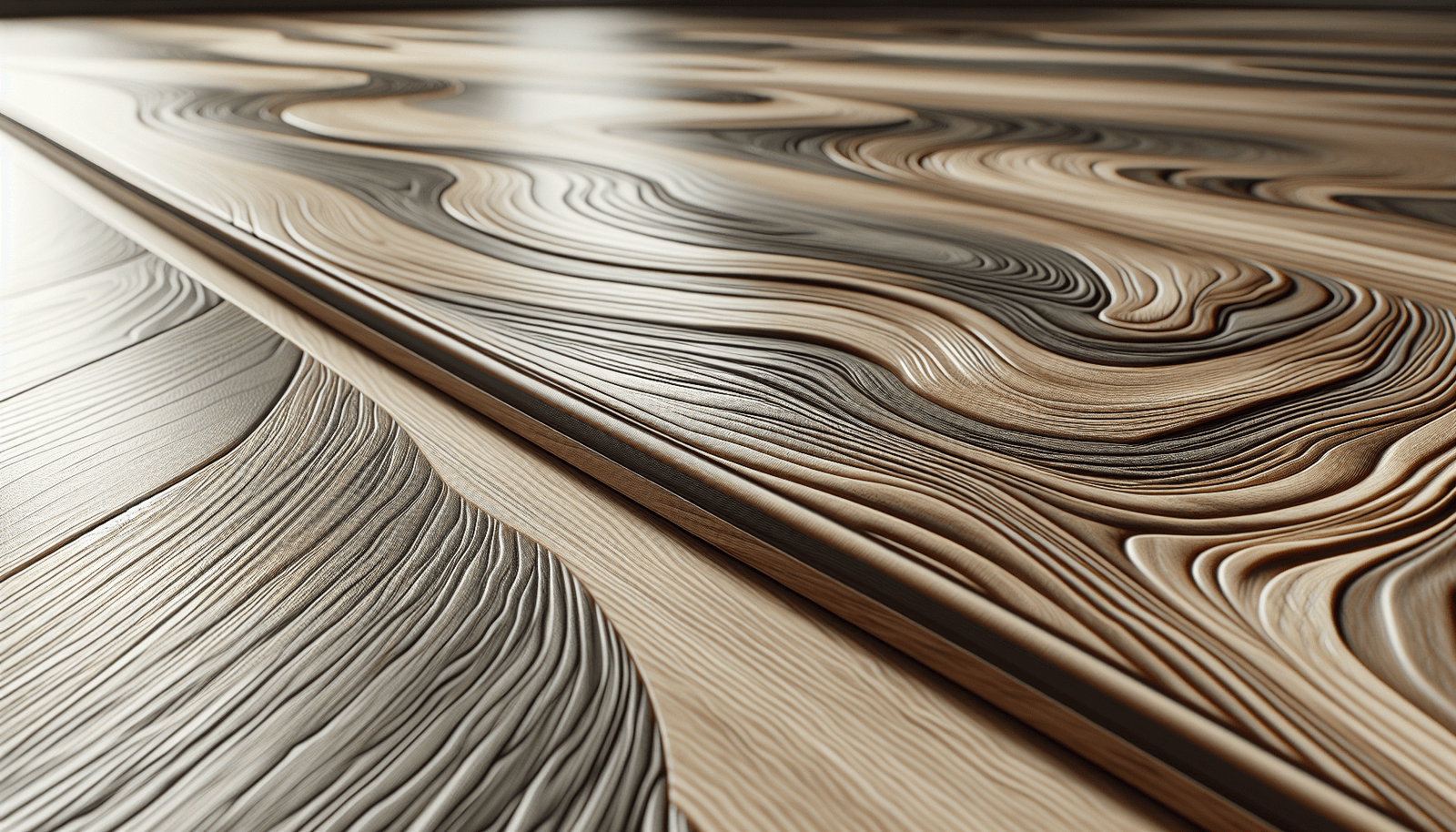
Installation Process: A Quick Guide
The installation of Driftwood LVP is typically designed for ease, allowing even novice DIY enthusiasts to handle the task. However, understanding the basic steps can ensure success and enhance the longevity of your floor.
Preparation
Before starting, ensure your subfloor is clean, dry, and level. Remove any existing flooring that could interfere with the LVP installation. Measure your room meticulously and purchase slightly more than needed to account for cuts and waste.
Installation Method
Most Driftwood LVP uses a click-lock system, simplifying the process. Begin in one corner of the room and work your way out, snapping the planks together. Leave a small gap around the room’s perimeter to allow for expansion, preventing buckling over time.
Post-Installation
Once installed, inspect the floor for any gaps or irregularities. Apply finishing trims and moldings to the room’s edges to create a polished look. Finally, allow some time for acclimatization before placing heavy furniture on your new floor.
Maintaining Your Driftwood LVP
To keep your flooring looking its best, develop a regular maintenance routine that includes both daily care and deep cleaning when necessary.
Daily Care
For daily maintenance, sweep or vacuum to remove dust and debris. Use a soft-bristle broom or a vacuum with a floor attachment to avoid scratching the surface. It’s beneficial to address spills promptly with a damp mop.
Periodic Deep Cleaning
Deep cleaning should be done monthly or as needed. A mixture of warm water and mild detergent works well, but avoid using harsh chemicals or abrasive tools that can damage the wear layer. Dry the floor thoroughly after cleaning to prevent any moisture-related issues.
Preventive Measures
Area rugs can help protect high-traffic areas, while felt pads under furniture prevent scratching when moving items. It’s also wise to keep pet nails trimmed and avoid walking on the floor with shoes that could scratch or damage the vinyl.
Final Thoughts
Driftwood Luxury Vinyl Plank is a smart choice for those looking to combine the timeless beauty of natural wood with the durability and practicality of vinyl. Offering a wide range of styles and colors, its versatility ensures a good fit for any room in your home. Each plank represents a piece of art crafted to adorn your space. As you consider your flooring options, remember that Driftwood LVP is more than just a surface beneath your feet—it’s the stage for your home’s many moments and memories.
